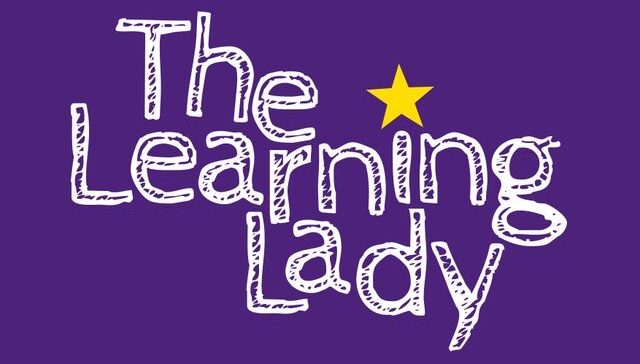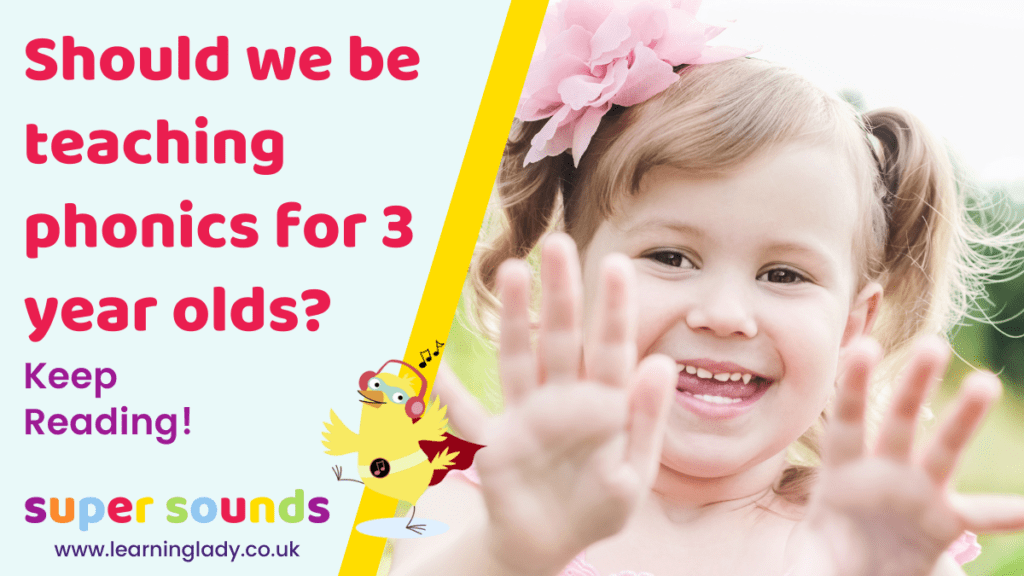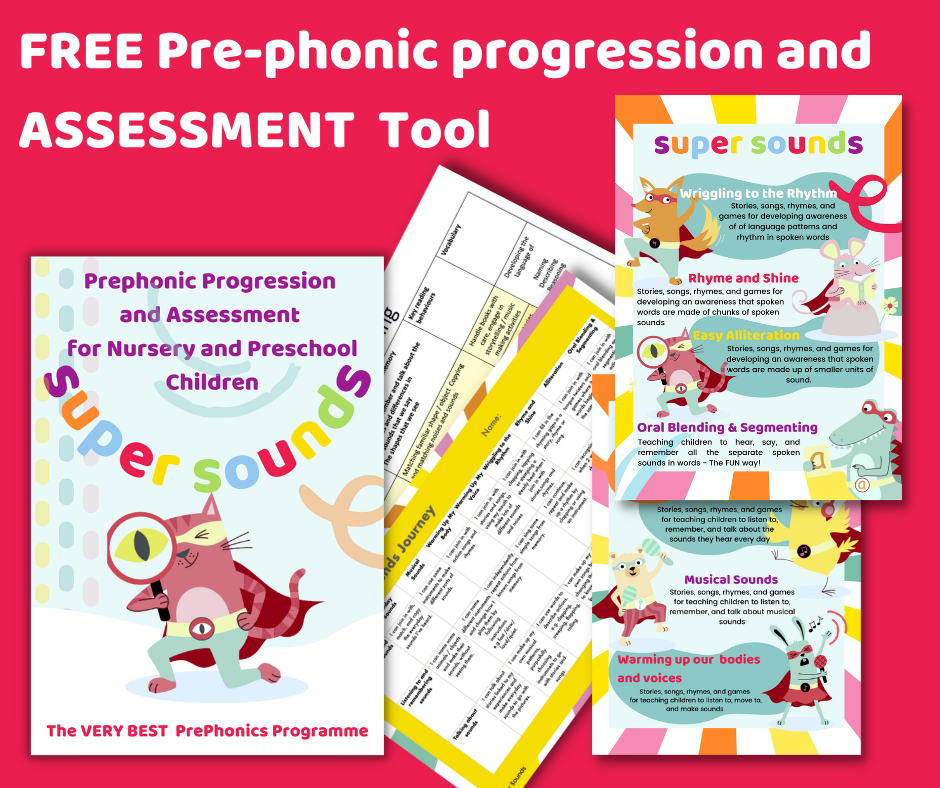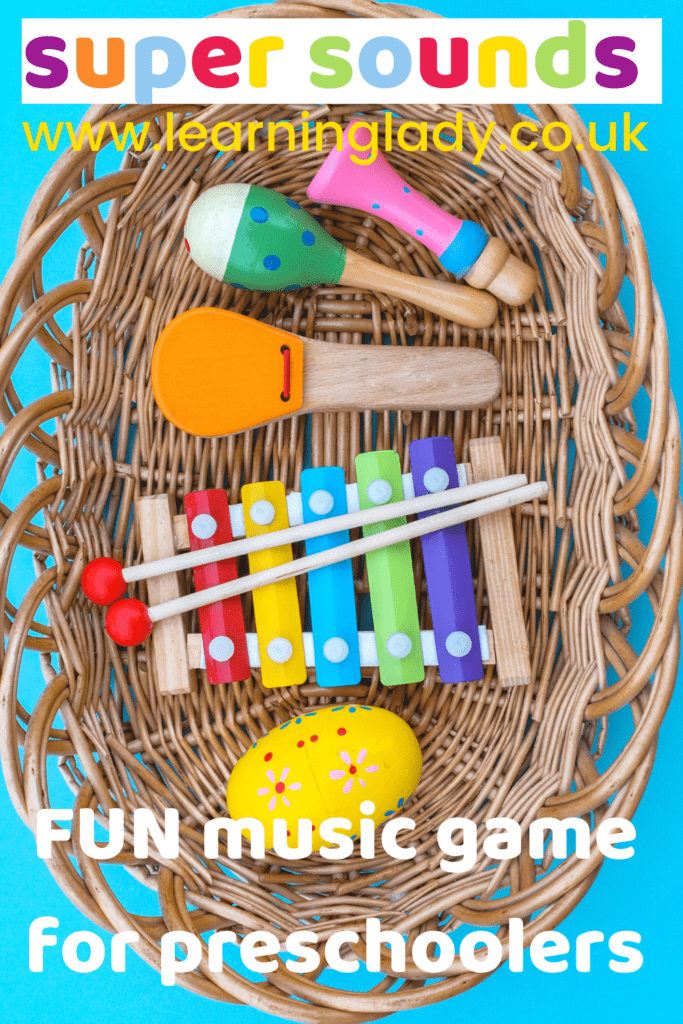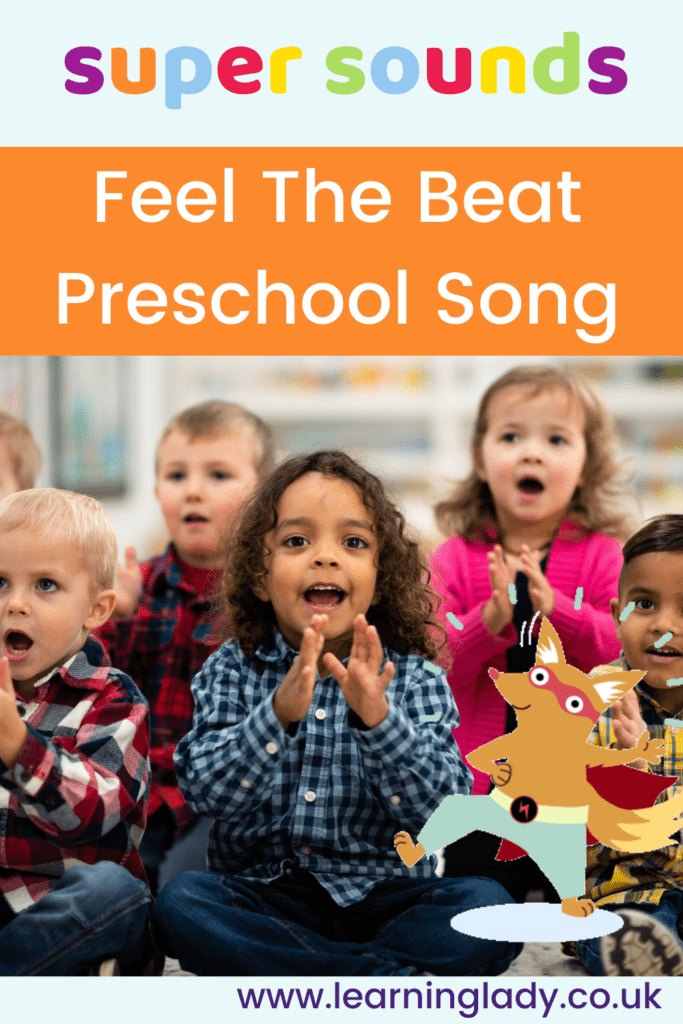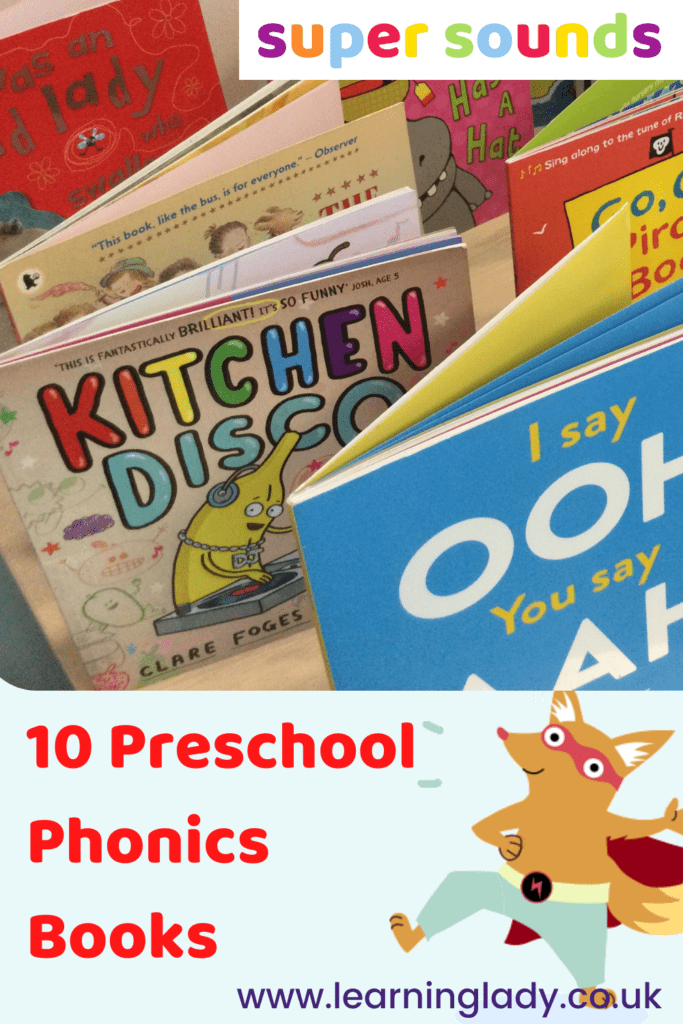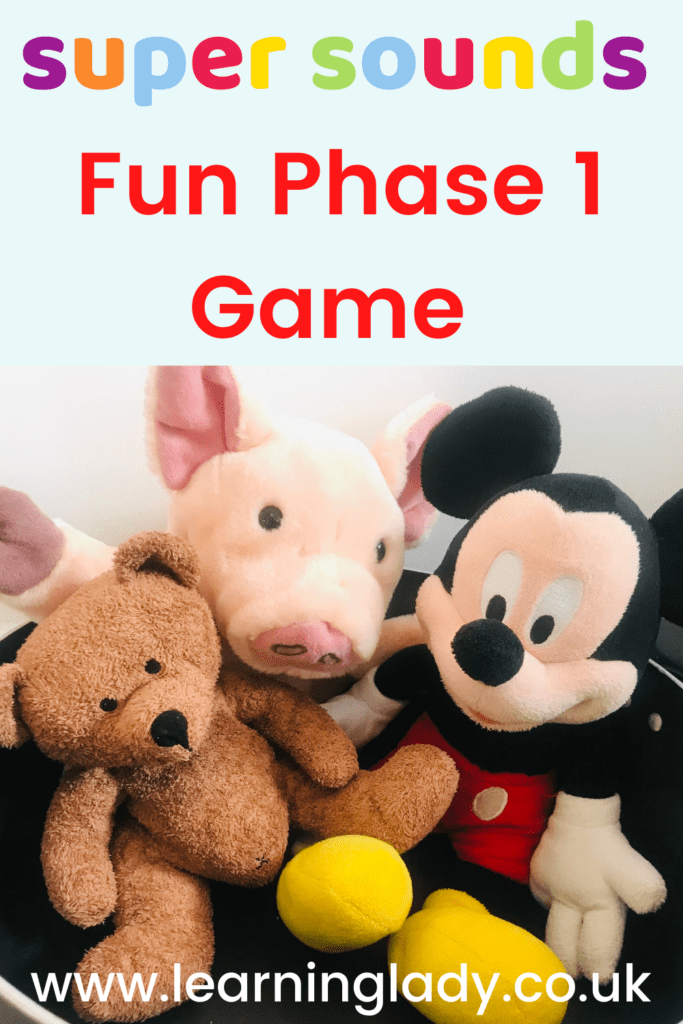Should we be teaching phonics for 3 year olds in nursery?
“Should we be teaching phonics for 3 year olds in nursery? is a question I’ve been asked many, many times during the past few months. Not sure where to start or whether recent changes mean that you should be doing something different?
For years, EYFS practitioners have been using Letters and Sounds Phase 1 with some success. A popular series of games and activities that provided a broad prephonic EYFS curriculum. But, there were some flaws. As phonics teaching continues to be high on the agenda, this post examines what phonics with 2,3 and 4 year olds should look like and why!
Some problems with Letters and Sounds Phase 1
Letters and Sounds Phase 1 had no clear progression, no developmental order, or even a way of assessing to build on what the children could already do. There was a little guidance, but not enough to construct an effective age related curriculum. The Phase 1 Phonics games many nursery practitioners have been using for years did support prephonic development, but the approach was haphazard, and outcomes were sometimes achieved more slowly and randomly as a result.
Before we begin phonics for 3 year olds in nursery
Preparing children to read is like training for a marathon. Success is achieved through consistency, repetition, and a step-by-step approach.
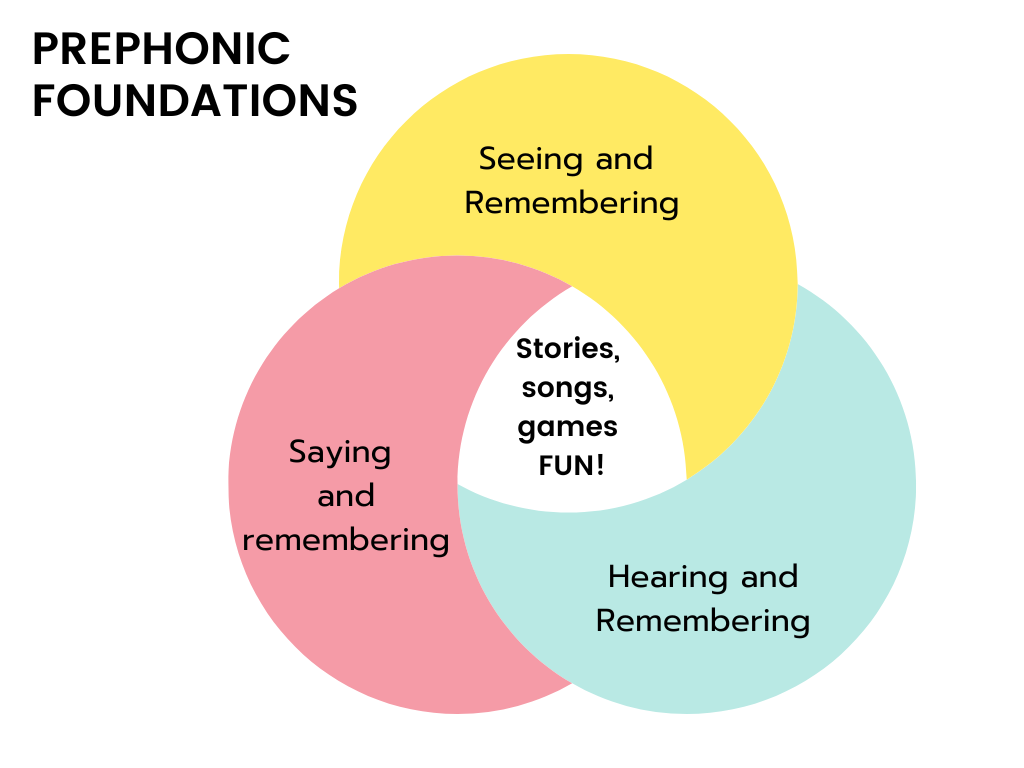
Much of the success achieved by Phonics schemes used in schools is that they are systematic, chunking down learning through a clear and coherent progression.
For an instant, detailed look into prephonic development and a super effective progression which builds o Phase 1 Phonics, download this FREE tool which gives you a super simple road map to
- Prepare your children for Phonics SPECTACULARLY WELL
- Shows you where to start to break down learning into SIMPLE MANAGEABLE STEPS
- Is SUPER EASY to follow and share with staff and families
- Save you time to HAVE FUN with your Nursery and Preschool children
Phonics for 3 year olds step-by-step!
How we lay the foundations of Phonics for 3-year-olds is critical to how well children suceed with Phonics when they start school. Before we can expect children to recognise, say and remember letter-sound correspondences and blend these together, they need to be able to look closely, remembering what they see, hear and say.
Opening their eyes, switching on their brains
Spotting the similarities and differences in letter shapes is a key part of prephonic development, and was mistakenly omitted from the original Phase 1 Phonics. We all know children who seem to consistently get muddled between the letters b and d, or struggle to differentiate between the letter s and number 5.

This undervalued skill, known as visual discrimination, begins when children are very young, through toys like shape sorters, stacking cups and simple shape-based puzzles.
This links with visual memory, another critical prephonic skill which helps us to remember visual similarities and differences. What’s the point in being able to distinguish the difference and similarities between m and n, only to forget these later?
Training preschool brains to distinguish and remember visual content is central to our role as practitioners, especially in a world where technology does a lot of the remembering for us.
Games for Visual Discrimination and Visual Memory
- Pairs and snap games
- Jigsaw puzzles
- Loose parts collections
- Observational drawing and painting
- Spot the difference or ‘look and find’ books
Simple phonics activities for 3 year olds

Tuning in ears with the brain
Phonics is a sounds-based system, so hearing the differences and similarities between spoken sounds is vital. This is especially challenging as sounds like f and th can be difficult to distinguish between.
This process is known as auditory discrimination and begins in everyday situations. Children develop auditory discrimination by spotting the difference between the ring tones matched to family members, or experimenting with sounds as a spoon is ‘bashed’ on different surfaces!
What should Phonics for 3 year olds look like?
Matching sounds to objects and people is an essential prephonic step to master before the introduction of abstract letters. This was a key feature of the original Phase 1 Phonics.
If little ears aren’t well tuned in at an everyday level, matching the letters with their spoken sounds is going to be much harder.
Children need to have had hours of exploring how to make and change sounds with their voices, bodies and with objects or instruments, copying more complex sound patterns as experience and vocabulary grow.
Auditory Memory
The most challenging aspect of learning Phonics is auditory memory as it’s a major element of successfully learning to blend sounds later.
For children who struggle to remember songs from memory, copy a complex clapping pattern or follow a two-part instruction, remembering a string of abstract letters in the right order is going to be way too difficult.
Developing Auditory Discrimination and Auditory Memory
Warming up their mouths!
Children are saying spoken sounds constantly as they learn to talk. This begins when babies babble, coo and blow raspberries, later becoming abstract in nature like “oo”, “s” and “ch”.
From babbling onwards, children are developing strength and control in their mouth muscles to form the spoken sounds they’ll need to articulate whole words.
Nursery phonics activities for building stronger mouths!
To develop super strong mouths and to control the speed of air that leaves the mouth, we need to give our preschoolers the equivalent of a gym workout for the mouth!
Making noises in stories, blowing bubbles, pulling faces, and singing songs help develop the physical control they’ll need to say letter-sound correspondences correctly.
Beyond Phase 1 Phonics...
It’s very easy to feel pressured, to rush to the end goal of recognising letters and sounds during the nursery or preschool year. We can be forgiven for thinking that getting the children to recognise these earlier and earlier propels children into reading more speedily. From the outside this looks like our children are ahead of the game, and it’s common for families to expect this too.
However, rushing ahead like this creates a very serious situation which becomes apparent later. When the foundational elements of phonics aren’t mastered at a deep level in Nursery and Preschool, Phonics can become harder than it needs to be for many children.
To prepare our children well for Phonics we need to know that their ears, eyes, mouths, and brains are in peek condition! Like running a marathon, they need to have the core elements in place to be primed for success.
